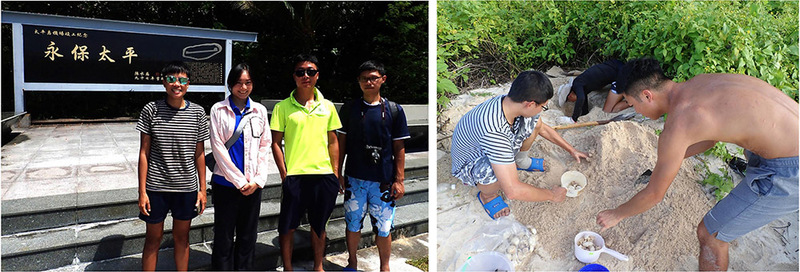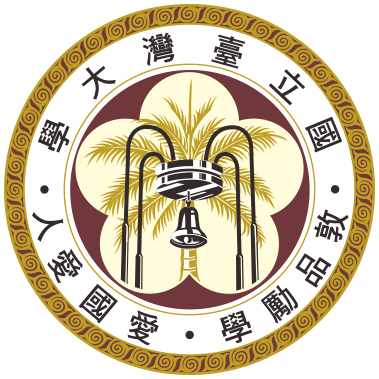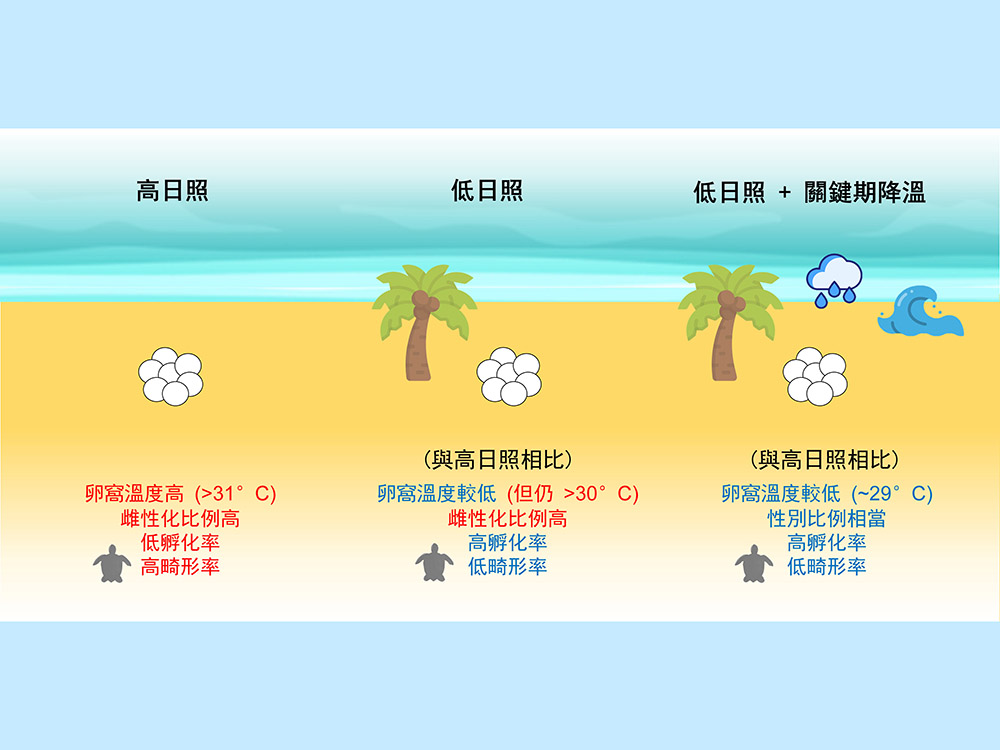As the global population continues to grow each year, the demand for and development of natural resources have reached unprecedented levels, simultaneously causing significant impacts on the habitats of other species. In recent years, with the rise in environmental awareness, countries have actively promoted energy conservation and carbon reduction, implementing ecological management through the establishment of protected areas and conservation measures, achieving certain successes. However, the impacts of global climate change on the natural environment continue to persist. Therefore, assessing the current state of biological habitats under the present climate has become especially important, as it will help dynamically adjust and develop appropriate ecological conservation strategies, creating more opportunities to address future challenges.
A research team composed of Professor Ko Chia-Ying from the Department of Fisheries Science at the Institute of Life Sciences, National Taiwan University, postdoctoral researcher Liu Cong-Han, Professor Lin Bo-Xiong from the Department of Atmospheric Sciences, and researchers Zheng Ming-Xiu and Chen Zhao-Lun from the Biodiversity Research Center of Academia Sinica, with the assistance of the Southeast Sand Branch of the Coast Guard Administration, the National Institute of Oceanography, and the Ocean Conservation Administration, conducted intensive, continuous observations of green sea turtle nesting behavior and beach habitat surveys on Taiping Island, located in the southernmost part of Taiwan. This study successfully gathered crucial data on the current status of green sea turtle nesting in tropical regions, providing essential scientific evidence for future coastal and marine ecological conservation. The results have been published in the internationally renowned journal Biological Conservation.
The research team conducted continuous monitoring of the green sea turtle nesting environment, carefully recording environmental changes from egg-laying to hatchling emergence. The results showed that, compared to nests exposed to low, medium, and high sunlight, nests in the low sunlight group—shaded by trees for long periods—had the lowest temperatures and the lowest rates of hatchling malformation, indicating that shaded habitat conditions were most favorable for green sea turtle hatching. However, due to global warming, the temperature of the beach continues to rise. Even in the shaded, low sunlight group, the average nest temperature still reached a high of 30.38°C, with temperatures rising as high as 31.53°C during the critical gender-determining period. These elevated temperatures are expected to result in almost all hatchlings being female, highlighting the far-reaching impact of climate change on the gender ratio imbalance in green sea turtle populations.
Furthermore, the research team compared data from major sea turtle nesting sites around the world over the past 20 years and found that both sand and nest temperatures have been rising. The study suggests that under the current climate warming scenario, relying solely on past conservation strategies, such as providing natural or artificial shading, may have limited effectiveness in mitigating the feminization of sea turtle populations. Therefore, providing additional cooling measures during the incubation process, particularly during the critical gender-determining period, may become another effective strategy for sea turtle conservation in the face of climate change. The continuous monitoring and analysis in this study also demonstrate the value of such research methods, successfully predicting the success and failure of green sea turtle nest hatching based on ongoing records.
In the future, the research team will continue to explore the impacts of climate change on ecological conservation and actively promote interdisciplinary collaboration, bringing together experts in ecology, marine science, and atmospheric science from both within and outside the university to explore more possibilities for conservation management strategies. This will contribute to maintaining marine biodiversity and allow National Taiwan University students and researchers to practice social responsibility, becoming key drivers of conservation development.

(Left) The research team led by Professor Ko Chia-Ying from the Department of Fishery Science, Institute of Life Sciences, NTU, posing in front of the "Yongbao Taiping" monument on Taiping Island in the Spratly Islands; (Right) Researchers analyzing egg shells collected from a hatched nest.
Link to the paper: https://www.sciencedirect.com/science/article/pii/S0006320724003690
Source: https://www.ntu.edu.tw/spotlight/2024/2330_20241127.html


